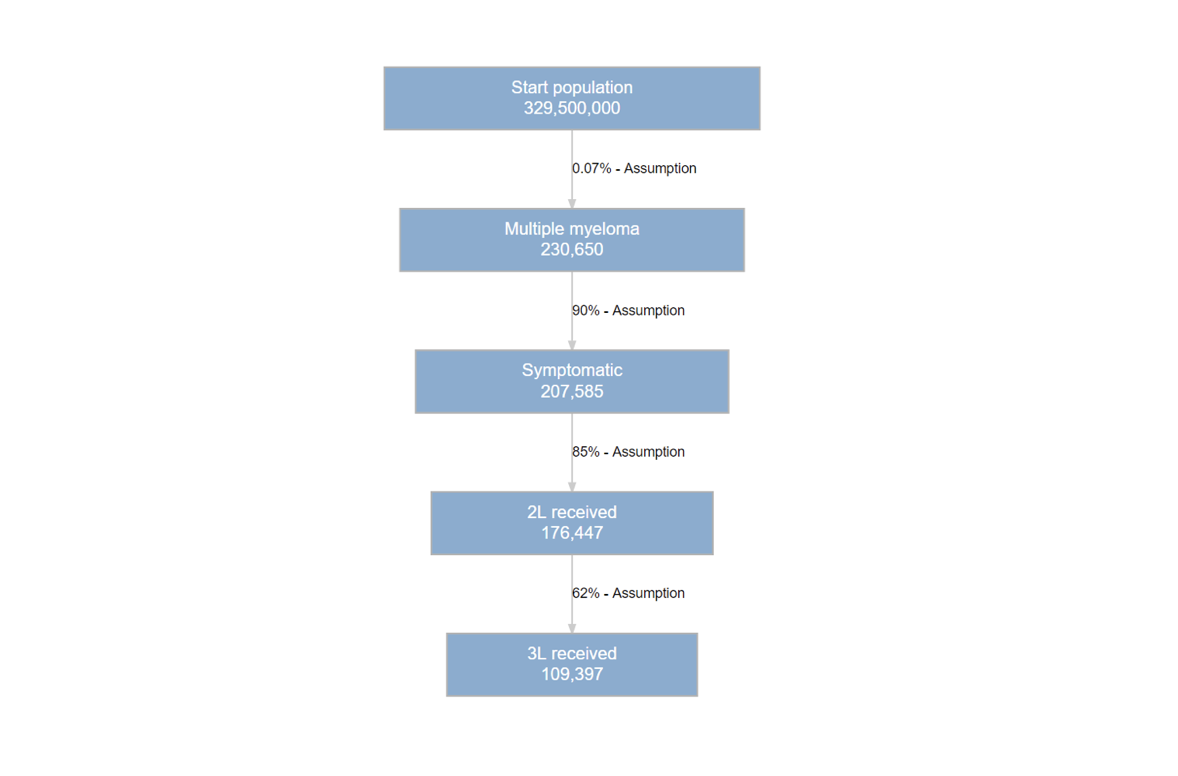Our Economic Publications
- van Oostrum I, Russell-Smith TA, Jakobsson M, Torup Østby J, Heeg B. Cost-Effectiveness of Inotuzumab Ozogamicin Compared to Standard of Care Chemotherapy for Treating Relapsed or Refractory Acute Lymphoblastic Leukaemia Patients in Norway and Sweden.
Pharmacoecon Open. 2021 Jul 26.
- Dolph M, Tremblay G, Leong H. Cost Effectiveness of Triplet Selinexor- Bortezomib-Dexamethasone (XVd) in Previously Treated Multiple Myeloma (MM) Based on Results from the Phase III BOSTON Trial.
Pharmacoeconomics. 2021 Nov;39(11):1309-1325 - Hu Y, Charaan M, van Oostrum I, Heeg B, Bell T. The cost-effectiveness of glasdegib in combination with low-dose cytarabine, for the treatment of newly diagnosed acute myeloid leukemia in adult patients who are not eligible to receive intensive induction chemotherapy in Canada.
J Med Econ. 2021 Jan-Dec;24(1):150-161.
- Tremblay G, Dolph M, Roy AN, Said Q, Forsythe A. The Cost-effectiveness of Eltrombopag for the Treatment of Immune Thrombocytopenia in the United States.
Clin Ther. 2020 May;42(5):860-872.e8. - Tremblay G, Cariou C, Recher C, Dolph M, Brandt P, Blanc AS, Forsythe A. Cost-effectiveness of midostaurin in the treatment of newly diagnosed FLT3-mutated acute myeloid leukemia in France.
Eur J Health Econ. 2020 Jun;21(4):543-555. - Stintzing S, van Oostrum I, Pescott CP, Ronga P, Heeg B, Heinemann V. Cost-effectiveness of FOLFIRI + cetuximab vs FOLFIRI + bevacizumab in the first-line treatment of <i>RAS</i> wild-type metastatic colorectal cancer in Germany: data from the FIRE-3 (AIO KRK-0306) study.
J Med Econ. 2020 May;23(5):448-455.
- Muresan B, Mamolo C, Cappelleri JC, Postma MJ, Heeg B. Cost-Effectiveness of Bosutinib for the Treatment of Adult Patients with Chronic Phase Chronic Myeloid Leukemia in the Second-Line Setting.
Appl Health Econ Health Policy. 2021 Nov;19(6):929-940. - Punekar YS, Guo N, Tremblay G, Piercy J, Holbrook T, Young B. Improving access to antiretrovirals in China: economic analyses of dolutegravir in HIV-1 patients.
Cost Eff Resour Alloc. 2019 Dec 5;17:26. - Tremblay G, Rousseau B, Marquis M, Beaubois C, Sauvageau G, Hébert J. Cost-Effectiveness Analysis of a HMGA2 Prognostic Test for Acute Myeloid Leukemia in a Canadian Setting.
Appl Health Econ Health Policy. 2019 Dec;17(6):827-839.
- Tremblay G, Dolph M, Patel S, Brandt P, Forsythe A. Cost-effectiveness analysis for midostaurin versus standard of care in acute myeloid leukemia in the United Kingdom.
Cost Eff Resour Alloc. 2018 Oct 4;16:33. - Tremblay G, Chounta V, Piercy J, Holbrook T, Garib SA, Bukin EK, Punekar YS. Cost-Effectiveness of Dolutegravir as a First-Line Treatment Option in the HIV-1-Infected Treatment-Naive Patients in Russia.
Value Health Reg Issues. 2018 Sep;16:74-80. - Tremblay G, Howard D, Tsong W, Patel V, De Rosendo J. Cost-effectiveness of perampanel for the treatment of primary generalized tonic-clonic seizures (PGTCS) in epilepsy: A Spanish perspective. Epilepsy Behav. 2018 Sep;86:108-115.
- Hensen M, Heeg B, Löthgren M, van Hout B. Cost effectiveness of long-acting risperidone in Sweden.
Appl Health Econ Health Policy. 2010;8(5):327-41. - Logman JF, Heeg BM, Herlitz J, van Hout BA. Costs and consequences of clopidogrel versus aspirin for secondary prevention of ischaemic events in (high-risk) atherosclerotic patients in Sweden: a lifetime model based on the CAPRIE trial and high-risk CAPRIE subpopulations.
Appl Health Econ Health Policy. 2010;8(4):251-65. - Thurston SJ, Heeg B, de Charro F, van Hout B. Cost-effectiveness of clopidogrel in STEMI patients in the Netherlands: a model based on the CLARITY trial.
Curr Med Res Opin. 2010 Mar;26(3):641-51. - Logman JFS, Heeg BMS, Botteman MF, Kaura S, van Hout BA. Economic evaluation of zoledronic acid for the prevention of osteoporotic fractures in postmenopausal women with early-stage breast cancer receiving aromatase inhibitors in the UK.
Ann Oncol. 2010 Jul;21(7):1529-1536.
- Heeg BM, Damen J, Buskens E, Caleo S, de Charro F, van Hout BA. Modelling approaches: the case of schizophrenia.
Pharmacoeconomics. 2008;26(8):633-48. - Heeg B, Buskens E, Botteman M, Caleo S, Ingham M, Damen J, de Charro F, van Hout B. The cost-effectiveness of atypicals in the UK.
Value Health. 2008 Dec;11(7):1007-21.







_580x302px.jpg)

%20(1).jpg)


